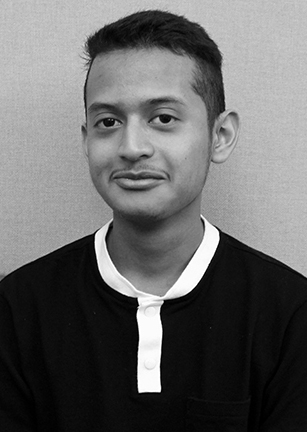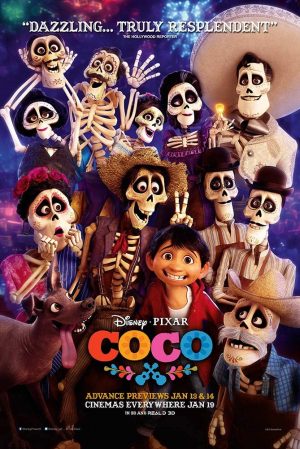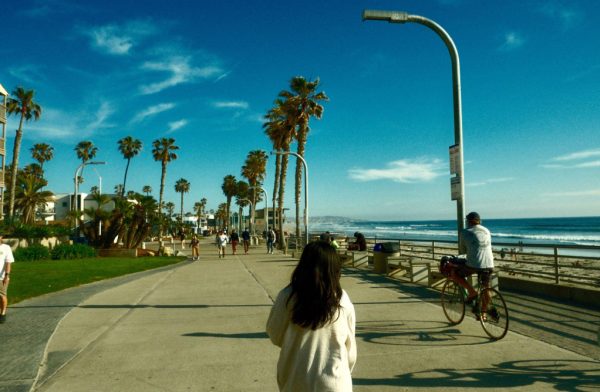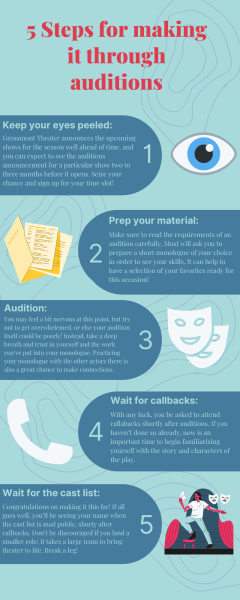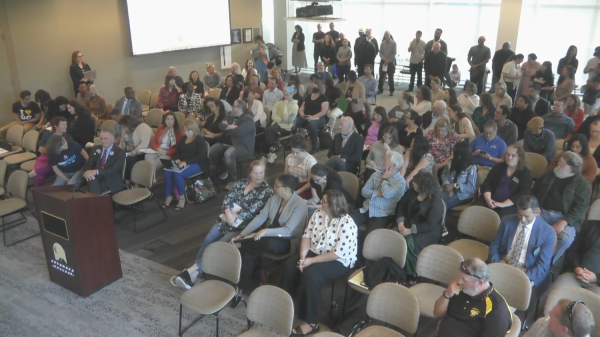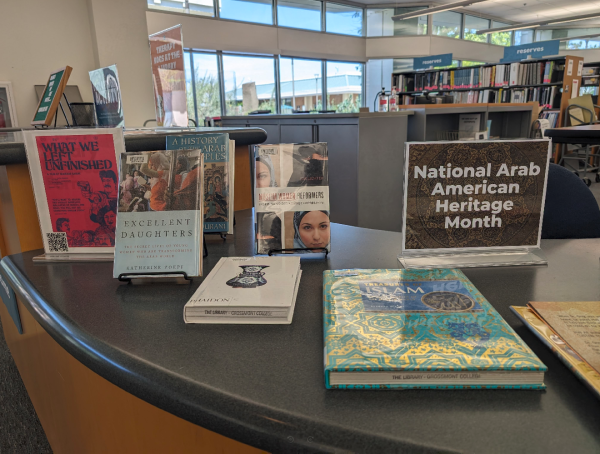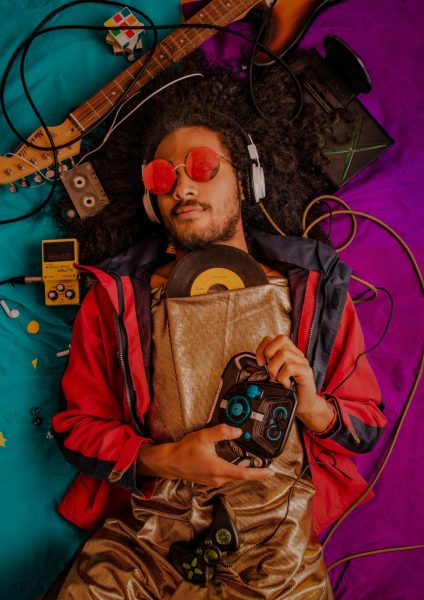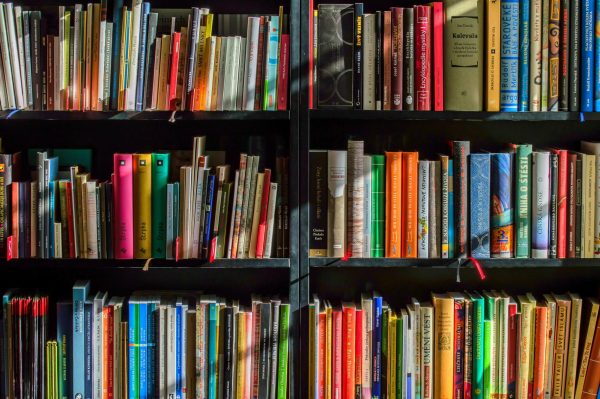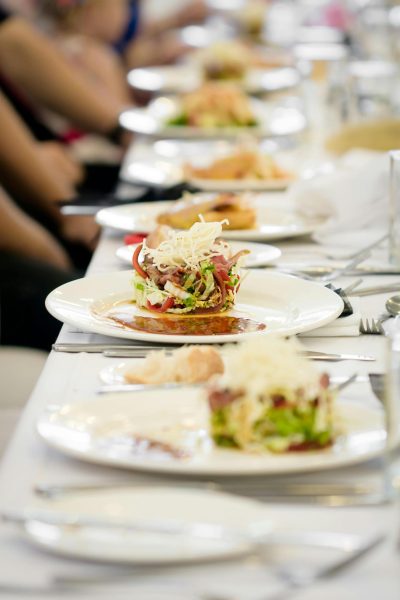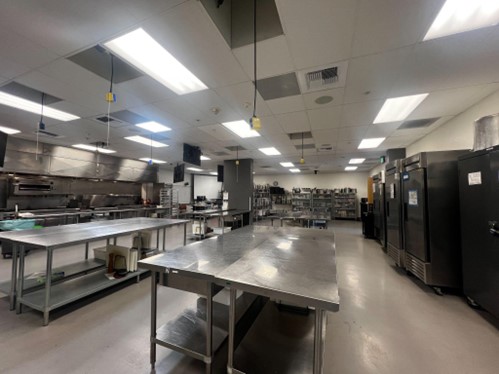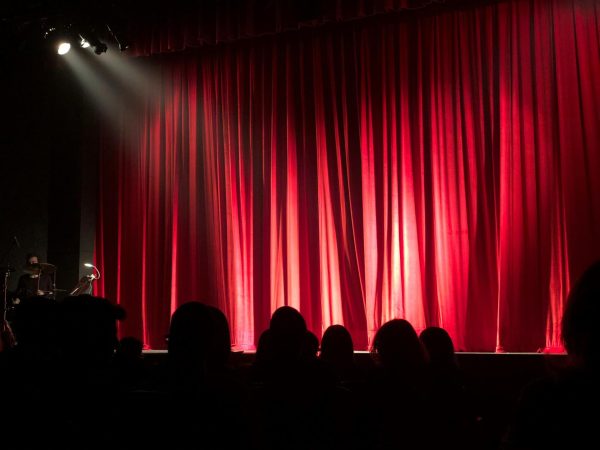Native American Culture Lives On
February 8, 2019
Cuyamaca’s Powwow event celebrates the culture left behind by Native Americans of the West.
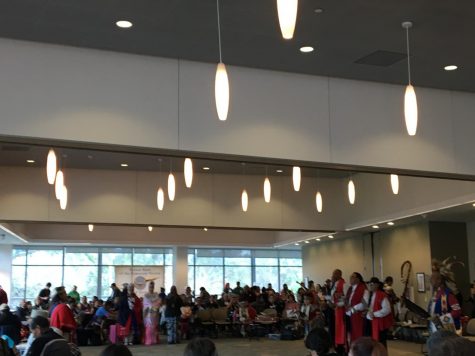
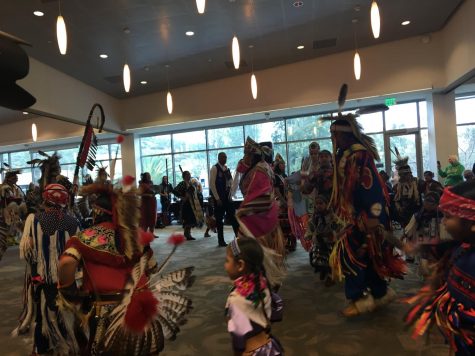
The fifth annual Powwow event celebrates the legacy and culture left behind from past Native Americans. Native American tribes from the West come together to perform traditional bird singing, gourd dancing, storytelling and more.
The event was scheduled to be outside, but the forecast predicted that there would be rain on the day of the event. For that reason, the powwow was moved to the upper floor of the Student Services building at Cuyamaca College.
The powwow was scheduled to begin at 10 a.m. with traditional bird songs. According to the event pamphlet, the word “powwow” comes from the term pau-wau or pauau, which means “to dream.” Europeans during the 1800s misspelled the term by spelling it as powwow. Eventually, the term was accepted.
A powwow is a gathering of religious people, medicine men and spiritual leaders. Many of these traditions have been adopted by different tribes; these traditions are not just for one tribe.
Powwow gatherings began in Oklahoma in 1879, according to the pamphlet. In the 1890s, Native American dances were barred illegal by the Bureau of Indian Affairs. It was not until 1933 when the ban was lifted. Today, the powwow remains as an important symbol of Native American identity.
The purpose of the powwow at Cuyamaca was to promote knowledge and education to those who don’t know much about Native American culture. Cuyamaca College has supported Native American students since the 1980s. The name “Cuyamaca” means “beyond rain” and “above rain.”
According to Cuyamaca student Jennifer Alvarez, Cuyamaca is a great school that helps students with Native American backgrounds.
“Cuyamaca is filled with different cultures, including Native American culture,” Alvarez said. “The school gives Native Americans a chance to get an education and lots of help.”
Cuyamaca College also has a student organization called the Native American Student Alliance (NASA). This group helps promote and create different events for Native American education.
The powwow began with Bird singers, performed by the Asha Takuk group. According to the powwow pamphlet, The Bird songs explain the history, morality and philosophy of the Native San Diegans. The lead singer would start followed by the rest of the group.
Close to the end, a group of Native American women came to join for dancing during the Bird songs.
After the Bird songs, a blessing blanket was put in the center of the arena. Audience members could bless the tribe member by putting money in the blanket for those who traveled a long way to get to the powwow.
After that, a drum group began to perform. Many of the drummers live in different parts of Southern California. There was another drum group with the majority of singers come from Oklahoma and Arizona. The Green River singers who sing older style songs from the Northern Plains, while the Sooner Nation Southern Drum perform different songs including, gourd dance and family songs.
The powwow also included many different tribal dances with performers of all ages. At one point, there was a ceremony for the young children. Neither the media or audience was allowed to take photos. This was because this ceremony for the children is personal and private for the tribes. Audience and media were asked to delete any photos or to not publicly post any photos of the ceremony of the children.
Next, the different tribes had a Flag and Victory song where the participants got in a line and danced. According to the pamphlet, every dance can only move clockwise for respect.
Hearing and seeing the members dance and sing can create a powerful impact. According to Alvarez, she would feel a sense of rhythm within herself when the drums were hit.
“These tribal dances are powerful and they have the power of cleansing the mind and heart,” Alvarez said.
When the dancing stopped, there was time for certain members to receive gifts from the powwow committee.
According to Alfonso Gutierrez, a Cuyamaca student, watching the powwow has opened his mind for learning and understanding more about the Native American culture.
“Coming to the powwow and having first person experience is better than just reading about the Native Americans in a textbook,” Gutierrez said. “Seeing them perform in person can create knowledge and emotion.”
These songs and dances have been past down for many generations, and there seems to be no sign of these traditions fading away. The elders teach the younger generation about the Native American way.
In the powwow, there was no sign of embarrassment; there was only pride and happiness. The performers ranged in age, height and gender, and wore traditional regalias of different colors and design.
Not to mention, the performers were respectful and humble. Their blessings went for all the tribal members and for those in the audience.
The fifth annual powwow at Cuyamaca College was a great opportunity for people to learn more about Native Americans from the this region. Adding on, there were many vendors that sold Native American plates and crafts. At the end, the powwow was a great opportunity to come out and to learn more about Native American culture.


